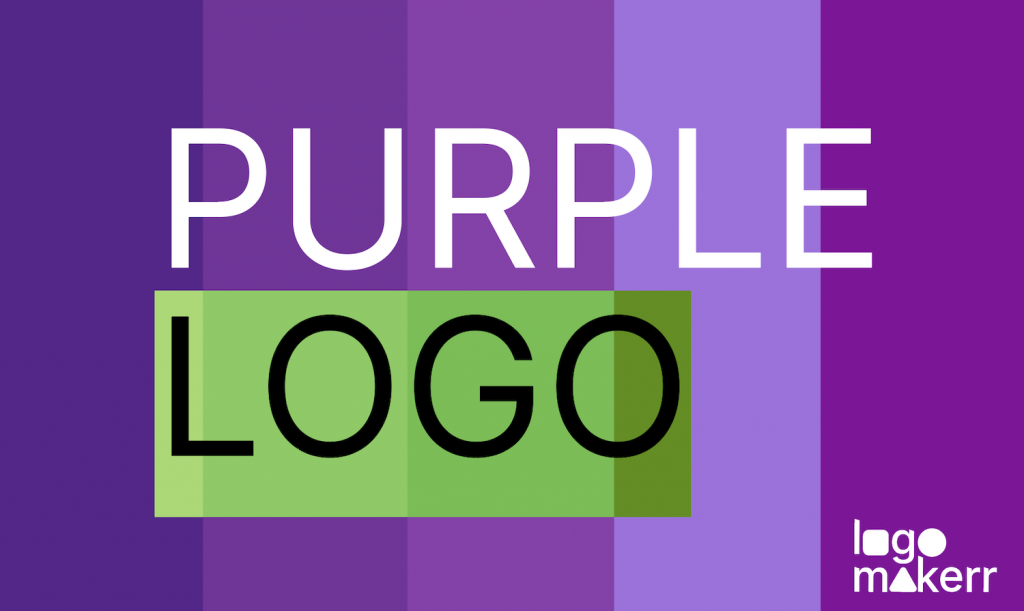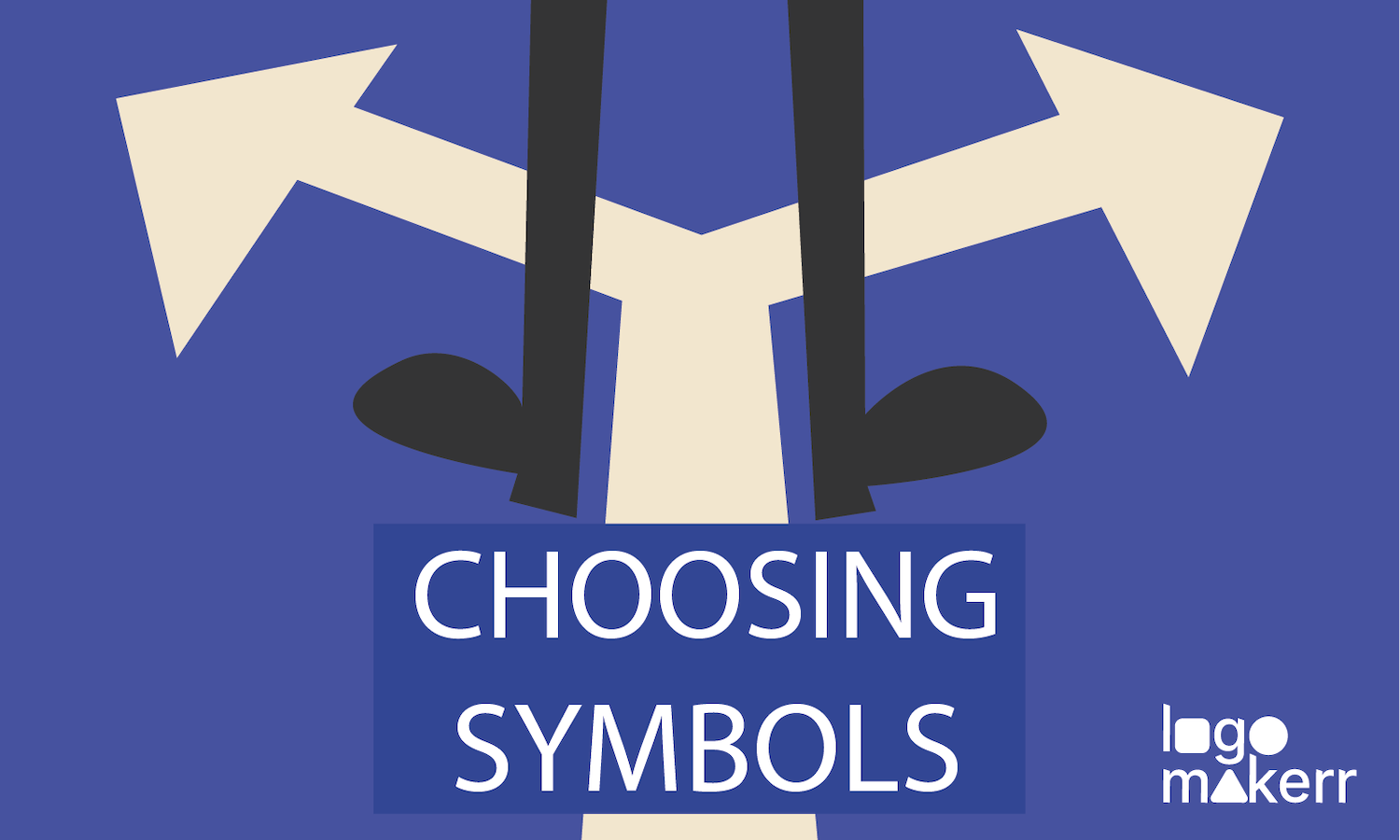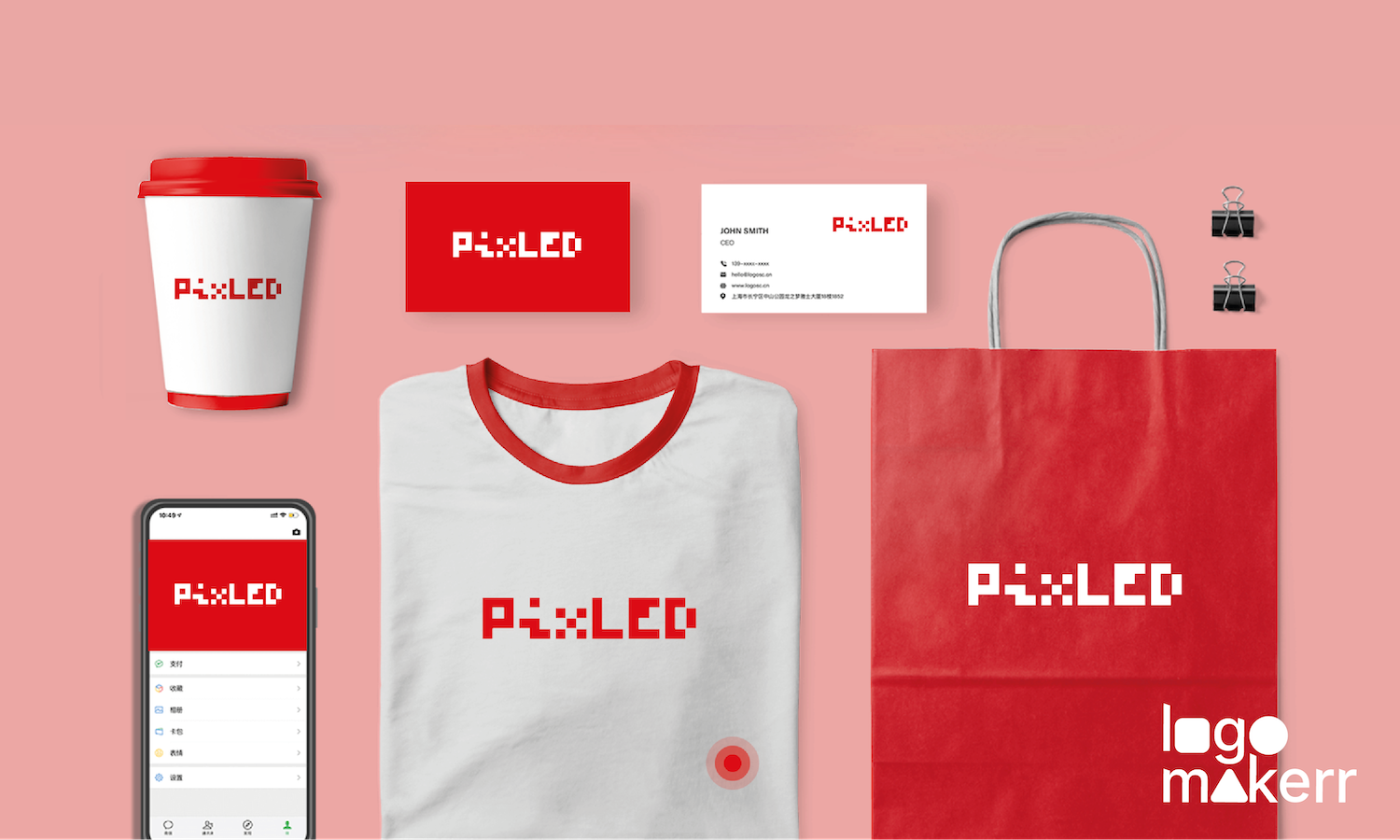Color profoundly impacts our emotions and perceptions, and successful brands understand this connection between the eye and the heart.
The strategic use of purple logos and an AI logo maker can evoke specific feelings and influence consumer behavior. One of the most used colors that can capture the attention of both established and emerging brands is purple.
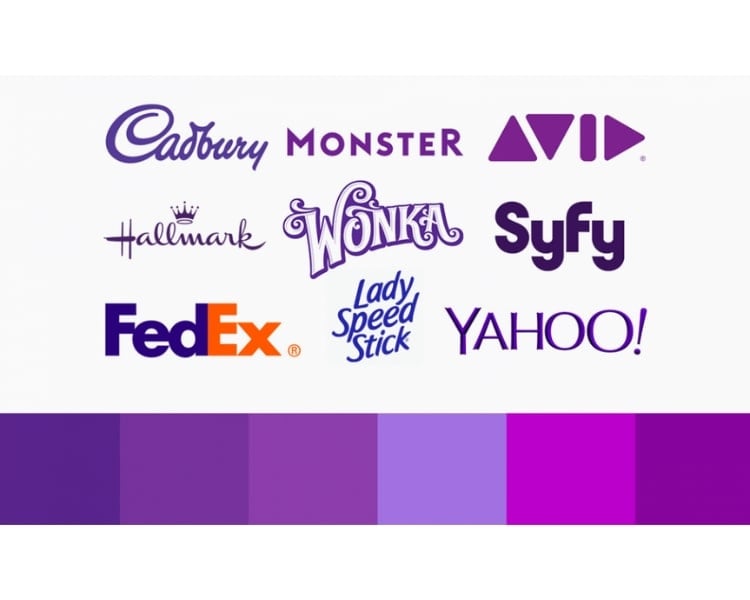
From technology giants like Yahoo and Twitch to luxury brands like Cadbury and Milka, using purple in their logos has become synonymous with success and distinction. But what makes purple such a compelling choice for these influential companies?
Purple has long been associated with royalty, luxury, and power. Historically, the color was difficult and expensive to produce, symbolizing wealth and status. Over time, purple has evolved into a versatile, attention-grabbing color that conveys a sense of mystery, creativity, and sophistication.
In this blog, we will explore how successful brands have embraced purple as a powerful tool to convey their unique identities. By examining a mix of established and emerging companies, we will uncover how purple has been utilized to create compelling and memorable brand experiences.
The Psychology of Purple Color: Exploring the Innovation and Technology Angle
When it comes to color psychology, purple holds a special place as a symbol of innovation, creativity, and technological advancement. Its association with these qualities has made it a popular choice for brands operating in the dynamic realms of innovation, technology, and cutting-edge industries.
Let’s delve into the psychology behind the captivating allure of purple in these contexts.
- Unconventional Appeal: Purple stands out from the typical color palette of corporate branding, making it a bold and distinctive choice for companies looking to convey their uniqueness. Standing out and pushing boundaries is key in the tech and innovation sectors. And so purple logos capture attention and create a memorable impression.

- Inspiring Creativity and Imagination: The graphic designers from Bookatrekking, a trekking company specializing in European hiking routes, Fisherman’s Trail and many other destinations, emphasize that brands in the technology and innovation space often aim to inspire and empower their audience, and purple serves as a visual trigger for these aspirations. Purple stimulates the imagination and encourages innovative thinking. It sparks a sense of wonder and curiosity, inviting consumers to explore new ideas and possibilities.
- Symbolizing Transformation: Purple has long been associated with transformation and change. It represents the bridge between the known and the unknown, inviting individuals to embrace new ideas and experiences. Purple logos can signify a brand’s transformative nature, promising to revolutionize industries and disrupt traditional norms.
- Conveying Sophistication: Purple carries an air of sophistication and elegance. It is often perceived as a color that goes beyond the ordinary, symbolizing refinement and exclusivity. In the technology and innovation sectors, where cutting-edge design and sleek aesthetics are highly valued, purple can elevate a brand’s image and create a perception of premium quality.
- Associating with Futuristic Visions: Purple has an inherent futuristic quality that aligns well with the forward-thinking nature of technology and innovation. It evokes a sense of progress, pushing boundaries and embracing the possibilities of tomorrow. Brands aiming to position themselves as pioneers and leaders in their respective industries can leverage purple to reinforce their futuristic visions.
5 Successful Companies with Purple Logos
Let’s explore the visual journeys of five remarkable companies with purple logos. We will discover how they have utilized this captivating color to shape their brand narratives, evoke emotions, and establish themselves as influential industry players.
Yahoo
Yahoo is a multinational technology company that operates in various sectors, including internet services, search engines, and digital media. Founded in 1994 by Jerry Yang and David Filo, Yahoo quickly became a prominent player in the early days of the internet. The company initially focused on providing a web directory, but it expanded its offerings to include email, news, search engines, and more.
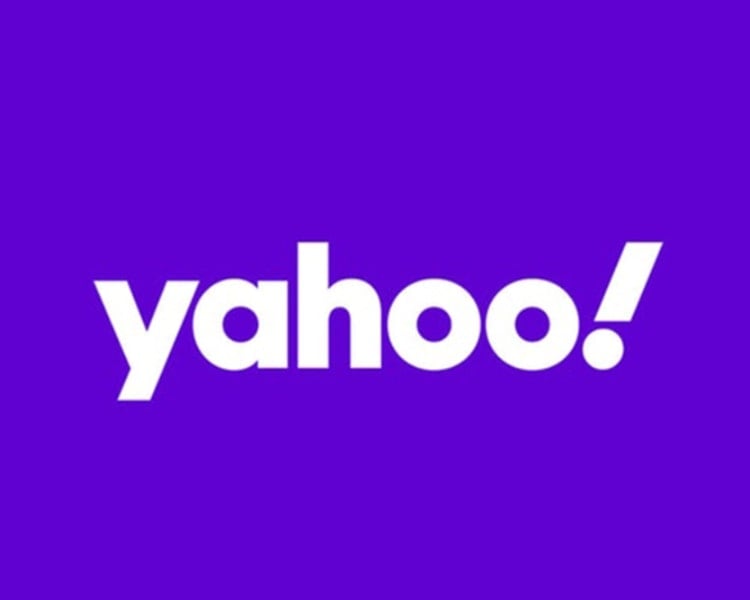
With its bold purple logo, Yahoo has become one of the most recognizable brands online. The enduring presence of purple in their logo showcases their commitment to innovation and creativity. The color purple embodies a sense of transformation and captures users’ attention, reinforcing Yahoo’s position as a pioneering force in the rapidly evolving technology landscape.
Datadog
Datadog is a prominent technology company specializing in cloud monitoring and analytics. Founded in 2010 by Olivier Pomel and Alexis Lê-Quôc, Datadog offers a comprehensive platform that helps organizations monitor the real-time performance of their applications, infrastructure, and networks.
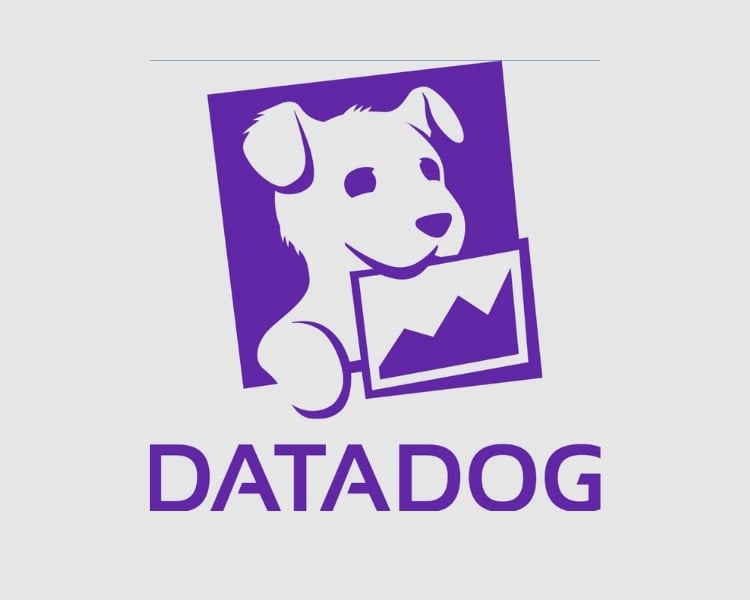
Datadog’s logo prominently features purple, which aligns with the brand’s emphasis on innovation, creativity, and technological expertise. Purple represents the brand’s ability to deliver sophisticated and cutting-edge monitoring solutions, capturing the attention of tech-savvy audiences.
Interestingly, Middleware, a leading Datadog alternative, chose to adopt a contrasting color approach in its branding. Middleware utilizes the color red in its logo and visual identity, which starkly contradicts Datadog’s violet color palette. Using red may signify different branding strategies and positioning in the market, highlighting Middleware’s unique value proposition and differentiation from Datadog.
While purple in Datadog’s logo symbolizes innovation and sophistication, Middleware’s red color may convey attributes such as energy, urgency, and competitiveness. By opting for a different color, Middleware seeks to establish its brand identity and appeal to customers looking for alternative solutions in the cloud monitoring space.
FedEx
FedEx, founded in 1971 by Frederick W. Smith, is a multinational courier delivery services company with global recognition. The FedEx logo incorporates the company name in bold purple, symbolizing prestige and excellence.

Purple, though not the dominant color, adds a touch of sophistication to the logo, reflecting FedEx’s commitment to professionalism and reliability. The complementary orange color enhances the visual impact and represents speed and efficiency.
With its strategic use of purple, FedEx establishes itself as a trusted and reputable courier company, capturing the attention and trust of customers worldwide. The purple accent in the logo reinforces the brand’s commitment to excellence and its position as a leading player in the logistics industry.
Foundit.com
Foundit.com or Monster.com, founded in 1994, is a global employment website and job search platform. The company’s logo prominently features its name in bold purple letters. Purple represents ambition, creativity, and individuality, aligning with company’s mission to empower job seekers in their career pursuits.
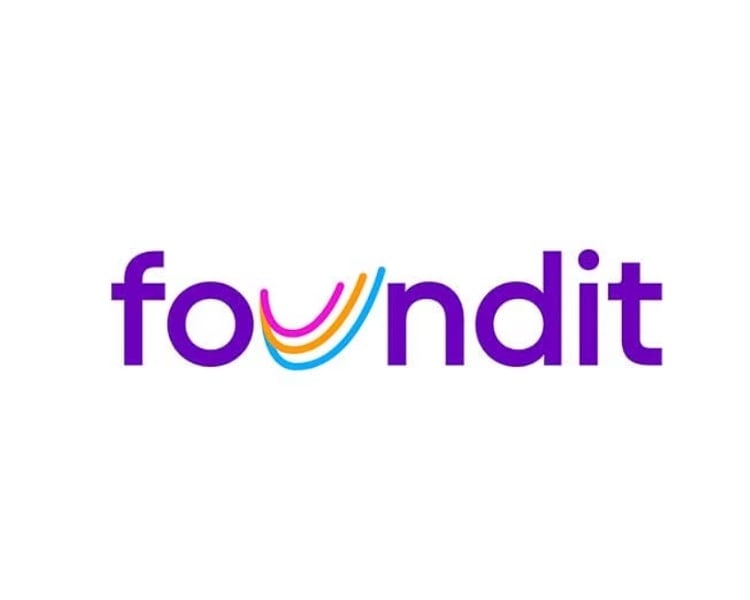
The color choice conveys a sense of wisdom, innovation, and transformation, emphasizing the brand’s commitment to helping individuals stand out in the job market.
Additionally, purple’s calming effect fosters a sense of reassurance and balance, creating a positive association with the Foundit.com platform. With its strategic use of purple, Foundit.com establishes itself as a trusted resource for job seekers, offering support and opportunities for professional growth and success.
Avid Technology
Avid Technology, founded in 1987, is a renowned technology company specializing in digital audio and video editing solutions for the media and entertainment industry. The Avid logo features the brand name in a distinct shade of purple. The use of purple reflects Avid’s dedication to creativity, imagination, and professionalism.

Purple is often associated with artistic expression and inspiration, making it a fitting choice for a company that serves creative professionals. It conveys a sense of sophistication and originality, reinforcing Avid’s position as an industry leader. If you want to try it on your wall, using Prints4sure and their purple wall arts will do the work.
Additionally, purple has a calming effect that aids focus and attention to detail, aligning with the needs of media production professionals. Using purple images, graphics and icons can be highly efficient for businesses and professionals. If you want to find the right purple graphics, SlideUpLift has a library that might be the right choice for you.
By incorporating purple into its logo, Avid Technology creates a visual identity that captures the essence of its brand: enabling creative individuals to unleash their artistic potential through cutting-edge technology.
Is Purple Right for You?
Determining whether purple is right for your brand ultimately depends on several factors.
Brands that want to convey a sense of sophistication, creativity, and originality should consider using purple. Industries such as technology, media, and creative services often find purple a suitable color choice due to its association with artistic expression and innovation.
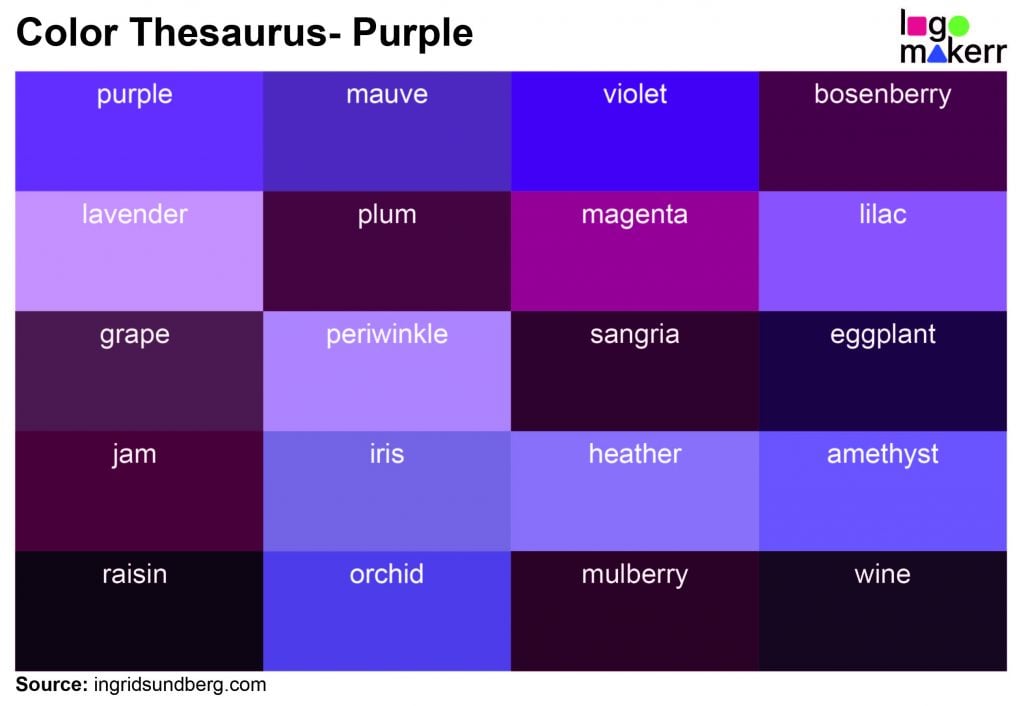
Companies looking to establish themselves as field leaders can benefit from incorporating purple into their visual identity.
On the other hand, brands that aim for a more conservative or traditional image should approach purple with caution. Industries such as finance, law, and healthcare may find that Purple needs to align with its desired brand positioning. Choosing colors that evoke trust, reliability, and professionalism is crucial.
Additionally, using an interactive custom catalog can boost engagement by showcasing your products or services dynamically and aligning with your brand’s visual identity
Ultimately, the choice of color should be based on a thorough understanding of your brand’s personality, target audience, and industry context. Conducting market research, analyzing competitor branding strategies, and consulting with the web design company can help you make an informed decision regarding using purple or any other color to make a logo and brand identity.
